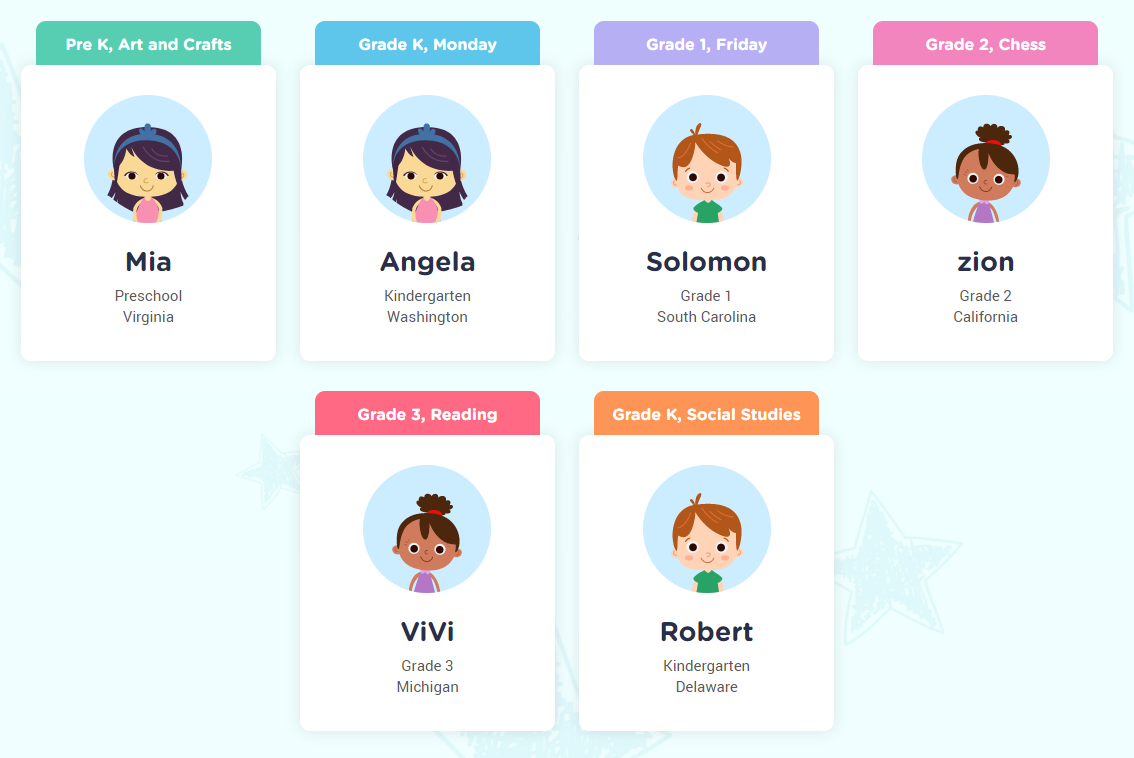Learn about ecosystems Worksheets for Kids
1 filtered results
-
From - To
Question/Answer
Why is the Learn about ecosystems skill important for Grade 2 students?
Learning about ecosystems in Grade 2 is important because it helps young students understand the interconnectedness of life on Earth. It introduces them to basic concepts of biology, environmental science, and the importance of conservation. This foundation fosters curiosity, responsibility towards the environment, and the early development of scientific thinking and observation skills.
How to train the Learn about ecosystems skill in Grade 2 students learning about Adding 2-digit Numbers?
To train the "Learn about ecosystems" skill in Grade 2 students learning about adding 2-digit numbers, integrate math with science by creating addition problems based on real-life ecosystem data. For example, use numbers related to the amounts of different plants or animals in a habitat.
What are some effective activities to train students’ Learn about ecosystems skill when teaching them about Adding 2-digit Numbers?
To simultaneously train students in ecosystems and adding 2-digit numbers, engage them in activities like calculating population growth of species within an ecosystem, adding up numbers of different plant or animal species to find total biodiversity, or summing the water volume in different parts of a habitat. These activities blend math skills with ecological understanding.













